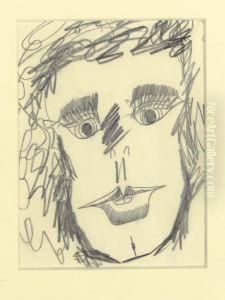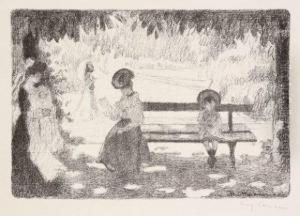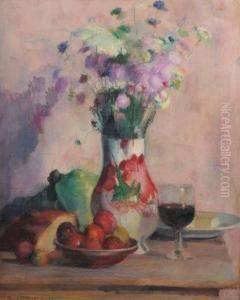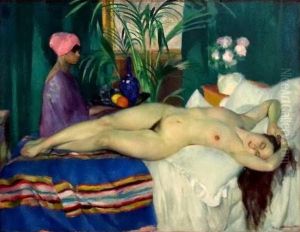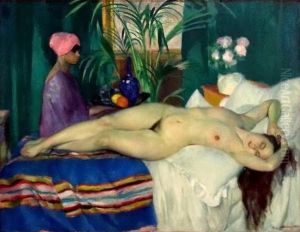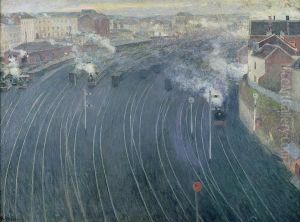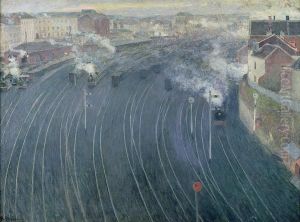Henry Ottmann Paintings
Henry Ottmann was a French painter and printmaker associated with the Fauvist movement, which was characterized by its use of bold colors and expressive brushwork. Born on April 10, 1877, in Ancenis, Loire-Atlantique, France, Ottmann showed an early interest in art and pursued his passion despite his initial career in the navy.
After leaving the navy, Ottmann studied art at the École des Beaux-Arts in Paris under the guidance of Fernand Cormon, who also taught other notable artists such as Vincent van Gogh and Henri de Toulouse-Lautrec. Ottmann was particularly influenced by the works of the Impressionists, which is evident in his approach to light and color in his own paintings.
Ottmann's work began to gain attention in the early 20th century. He exhibited at the Salon d'Automne, an annual art exhibition aimed at showcasing the works of emerging artists, which would later be associated with the Fauvist movement. His style evolved to embrace the vivid color palette and dynamic brushwork of Fauvism, although he never became as radical in his color choices as some of his contemporaries like Henri Matisse.
In addition to his paintings, Ottmann also created woodcuts and etchings, showcasing his versatility as an artist. His work often depicted landscapes, cityscapes, and interior scenes, imbued with a sense of harmony and tranquility. Despite his alignment with Fauvism, Ottmann's work also maintained a degree of representational clarity and balance.
Henry Ottmann's career was cut short when he died on June 1, 1927, in Vernon, in the department of Eure, France, at the age of 50. Although he is not as widely known as some of his Fauvist peers, his contributions to the movement and to early 20th-century French art remain significant. His works can be found in various art collections and museums in France and around the world.
